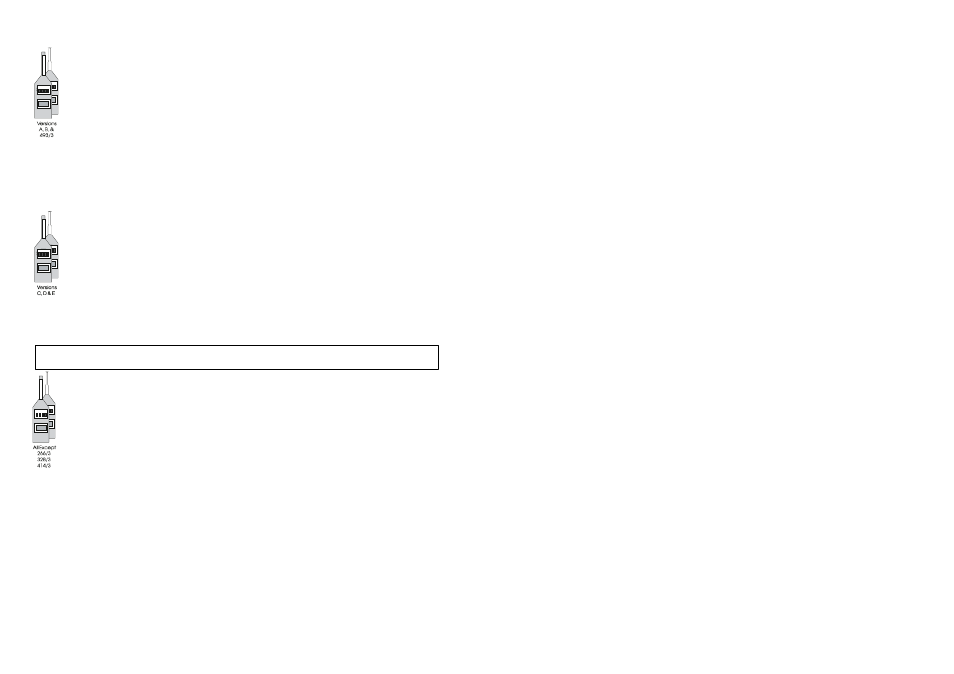Casella CEL CEL-414 User Manual
Page 46

that the maximum A-weighted values
measured with the fast time weighting
are normally used.
Results are obtained by capturing the
highest level measured during a three or
five second period, then averaging them
over the following period as if they had
been present for the whole time. Some
applications require the impulse maxi-
mum weighted average L
AITm
to be meas-
ured by using impulse time weighting.
9.8L
OSHA
& L
DOD
(C & D
Versions)
The measurement of L
OSHA
levels meets
a U.S.A Health and Safety requirement
for values that can be used to estimate
the risk of hearing damage in the work
place. The U.S.A. Department of Defense
has a similar requirement, and uses the
L
DOD
parameter. Both of these parame-
ters are similar in concept to L
eq
, and
SEL. They use A-weighted levels and
slow time weighting as a basis for calcula-
tion with only levels that exceed or equal
the preset threshold level included in the
calculation.
For L
OSHA
, the threshold level is normally
80 dB, but there is also a requirement for
a 90 dB threshold. To cater for this and
any future developments, the threshold
on C and D versions may be set at any
level from 75 to 90 dB. The L
OSHA
thresh-
old level will also apply to L
DOD
measure-
ment.
The two parameters are calculated in a
similar way, A-weighted, slow time
weighted levels are sampled, and inte-
grated. For L
OSHA
, the q factor used in
the integration is 5, while for L
DOD
, the q
factor is 4. (For all other parameters de-
rived by integration on these instru-
ments, the q factor is 3).
10.1 Digital Interface for A
& C Versions
The CEL low power digital interface can
be retro-fitted on all A and C versions ex-
cept for the CEL-266/3, CEL-328/3 and
CEL-414/3. Please consult your Agent or
CEL at Hitchin for further information.
10.2 1SM Measurement
Link
A link must be added to the printed cir-
cuit panel to allow measurement in one
second maximum profile mode. This op-
eration involves soldering, and should be
performed only by a competent electron-
ics technician as follows.
1. Remove the batteries.
2. Undo the three slotted head screws,
and remove the rear cover of the
instrument to expose the printed
circuit panel.
3. Locate the marked position for the
LINK which should be clearly
visible on the top right hand side of
the panel, near the nose cone taper.
4. Solder an insulated wire between the
pads, ensuring that it does not short
to the surrounding tracks or to the
rear cover.
Use a low power soldering iron to
avoid excessive heating that could
lift the solder tracks from the panel.
5. Replace the rear cover, and batteries.
10. POST PRODUCTION DEVELOPMENTS
Page 42 - General CEL Sound Level Meters Handbook
